Institutional Update: New Life
Life insurance companies, long active in commercial real estate investment, have been stepping up their involvement.
By Mallory Bulman
How Will Life Companies Approach the Rest of 2017?
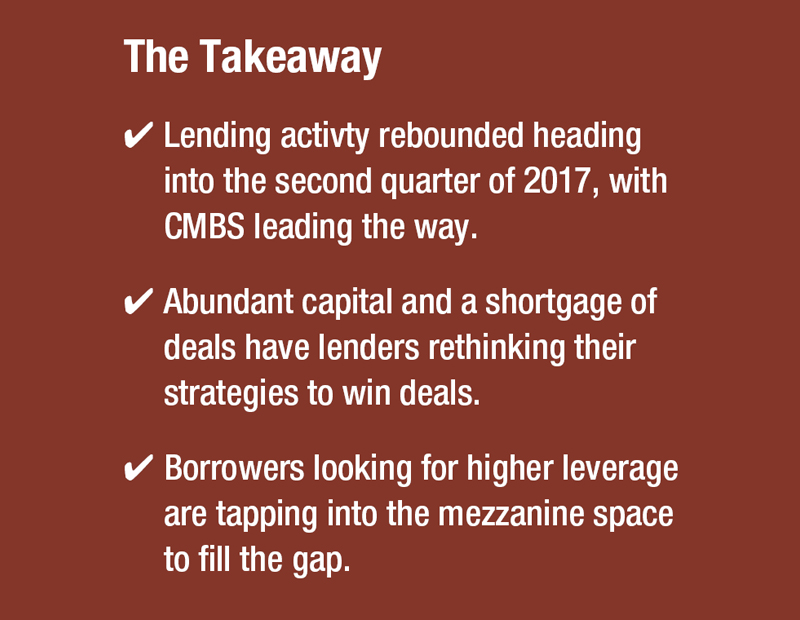 Life insurance companies, long active in commercial real estate investment, have been stepping up their involvement. While their presence on the debt side far outweighs their equity plays—with $41.5 billion worth of owned commercial real estate properties at the end of 2015 and $396 billion in mortgage loans, according to the National Association of Insurance Commissioners’ Capital Markets Bureau—they have been putting more equity into property deals. Their asset ownership jumped 41.1 percent from 2014 to 2015, far outpacing the average 3.2 percent annual increase over the decade between 2005 and 2015, according to the American Council of Life Insurers’ most recent data.
Life insurance companies, long active in commercial real estate investment, have been stepping up their involvement. While their presence on the debt side far outweighs their equity plays—with $41.5 billion worth of owned commercial real estate properties at the end of 2015 and $396 billion in mortgage loans, according to the National Association of Insurance Commissioners’ Capital Markets Bureau—they have been putting more equity into property deals. Their asset ownership jumped 41.1 percent from 2014 to 2015, far outpacing the average 3.2 percent annual increase over the decade between 2005 and 2015, according to the American Council of Life Insurers’ most recent data.
“We have the capability within our life company portfolio to really play at all levels: core, core-plus, value-add and even development on a select basis, as well. We’re really driven by risk-adjusted return as opposed to income yield, although income yield certainly is important for life companies,” observed Mark Talgo, senior managing director at New York Life Real Estate Investors.
Meanwhile, their investment in mortgages grew at a 7 percent net rate in 2016, according to Fitch Ratings U.S. Life Insurers’ Mortgage Update report, published in June 2017. And three quarters of insurance company-originated loans were concentrated in commercial mortgages.
Equity plays

Walker & Dunlop employed one of its many life insurance company relationships to secure a $23 million bridge loan on behalf of Starlight U.S. Multifamily Core Fund for The Views at Coolray Field. The Class A multifamily property overlooks Lawrenceville, Ga.’s Coolray Field, home to the Gwinnett Braves. Photo courtesy of Walker & Dunlop
Like other investors, life companies reduced their investment activity earlier in the year as they waited for a clear view of the Trump Administration’s plans, but their enthusiasm has since picked up. “Capital flows overall are still strong and consistent,” said Jim Cope, executive vice president & managing director of Walker & Dunlop’s Capital Markets Group. “I think everybody’s back in and certainly re-entered fully in the second quarter, and that continues today, and we expect it to continue through the end of the year.”
“Anecdotally in the market, I hear a lot of noise that the second half of the year should be more robust than the first half, I think in part as a result of lesser activity and maybe a bit more comfort around what’s going on with the economy,” added Paige Hood, chief investment officer & senior portfolio manager at PGIM Real Estate Finance.
Multifamily and industrial are favored property types these days. “We’ve always been big proponents of industrial assets and multifamily assets, because they tend to be less capital-intensive and less volatile, in addition to all the secular changes and demographic changes that are driving long-term performance for those property sectors,” Talgo explained. “From an institutional perspective, we have that long-term bias to strategically grow the portfolio in those two sectors, and really look at two other sectors, retail and office, more on a tactical basis based upon the volatility of those property types.”
Talgo cited fundamental shifts like the slowing growth of the working-age population and the increasing feasibility of working remotely as reasons for hesitation regarding the office sector. “If you don’t have the growth in your working-age population, that’s going to slow demand for office,” he explained. “So it becomes very important in terms of how you go about selecting which office markets and which office product you want to be in.”
Insurers like New York Life have made it clear they will loosen their purse strings for trophy assets in top locations, which continue to deliver attractive returns despite concerns about asset class climate.
In June 2017, the company acquired 2300 Empire, a multi-tenant office asset in Burbank, Calif. The top-performing Los Angeles submarket is home to six major entertainment studios, and its office market is flourishing in light of recent growth driven by the transformation of the media and technology industries. The property’s large footprint lends itself well to media and entertainment tenants, and the confluence with its location in the epicenter of the entertainment industry’s largest office market sealed the deal.
According to Talgo, New York Life is not one to pick and choose deals based only on long-term performance, though that is a prominent factor for any investor.
“We’ll certainly take risk,” he said, identifying 70 percent of the company’s equity portfolio as core or core-plus assets, “while the other 30 percent are products that might have a little bit more risk, where we think with our capability we can acquire those assets with risk, fix them up and essentially buy and create a core product out of that. That’s going to drive some nice long-term income growth and appreciation. … We’re really driven by risk-adjusted return as opposed to income yield, although income yield certainly is important for life companies.”
Debt delivers

One Federal St., a 1.1 million-square-foot office property in Boston, received a $380 million loan from TH Real Estate. Photo by Bill Horsman
TH Real Estate, an affiliate of TIAA investment manager Nuveen, reported in August that it had closed or committed to 43 debt transactions totaling $3.8 billion during the first half of 2017; the loans span the U.S. and the United Kingdom. The investment giant’s portfolio reflects many of the trends emerging in the growing life insurance debt market. One example: TH Real Estate’s $65 million first mortgage financing for GID’s acquisition of a well-located 254-unit high-rise in Fort Lauderdale, Fla.
For that deal, Walker & Dunlop structured a $37 million bridge loan through its relationship with Northwestern Mutual, enabling JLL to refinance a Class A multifamily asset in the Birmingham, Ala., market. The deal demonstrates the willingness of life companies to provide capital when fundamentals promise solid long-term performance.
As with equity investments, though, life insurers prefer to provide financing for multifamily and industrial properties, Cope noted, remaining “active but selective in office and retail.”
Industrial, in particular, has become a new focus for life insurance debt investments. According to data from Real Capital Analytics Inc., a sector once regarded as an underdog is steadily working its way up, rising from the $1 billion range in 2008 to $4 billion in single-tenant volume by the first quarter of 2017. “Industrial stuff is kind of in vogue, after years of not being,” observed John Bralower, principal & managing director for U.S. capital markets at Avision Young. “There is a sense of industrial being ‘in,’ which makes perfect sense when you cut through everything.”
He relates the change to the online retail revolution led by Amazon. That, he said, “requires a lot more warehouses and closer distribution points,” he said. “I’d say if there’s an area right now where there’s a bit of a pullback or level of cautiousness, it’s in retail, particularly the mall space,” said Hood.
“There’s a lot of interest in industrial these days: Warehouses are sort of the flipside
to (the retail) story. Instead of buying something in a mall, people are buying it
online and those products are being stored in warehouses.”
Originally appearing in the September 2017 issue of CPE.


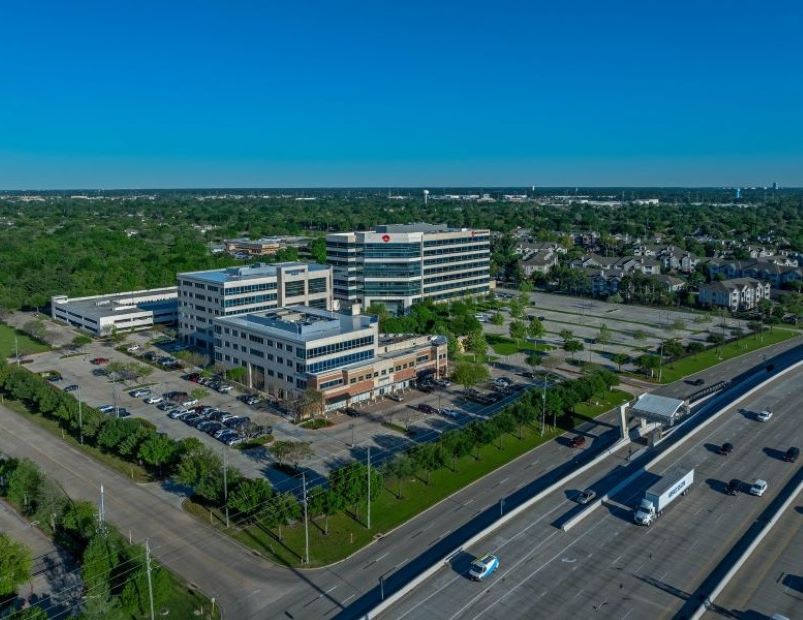
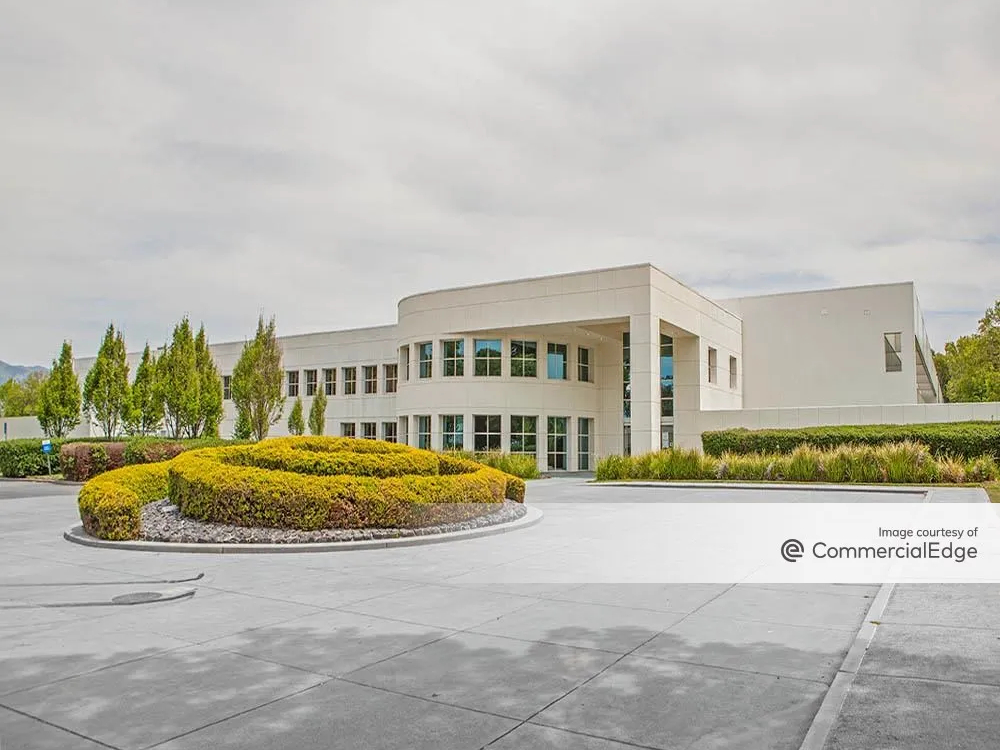

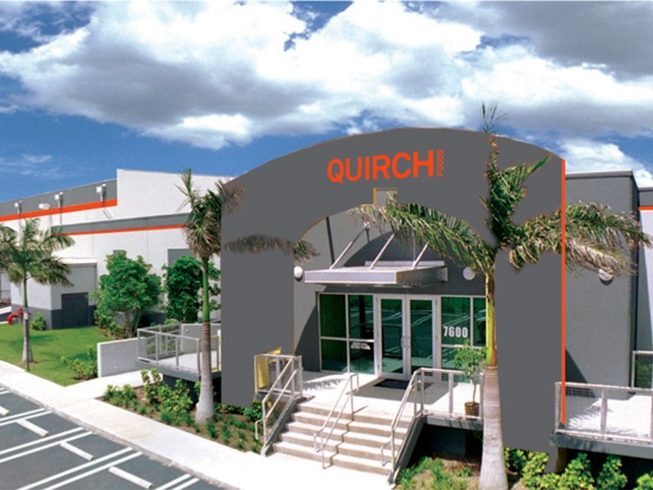
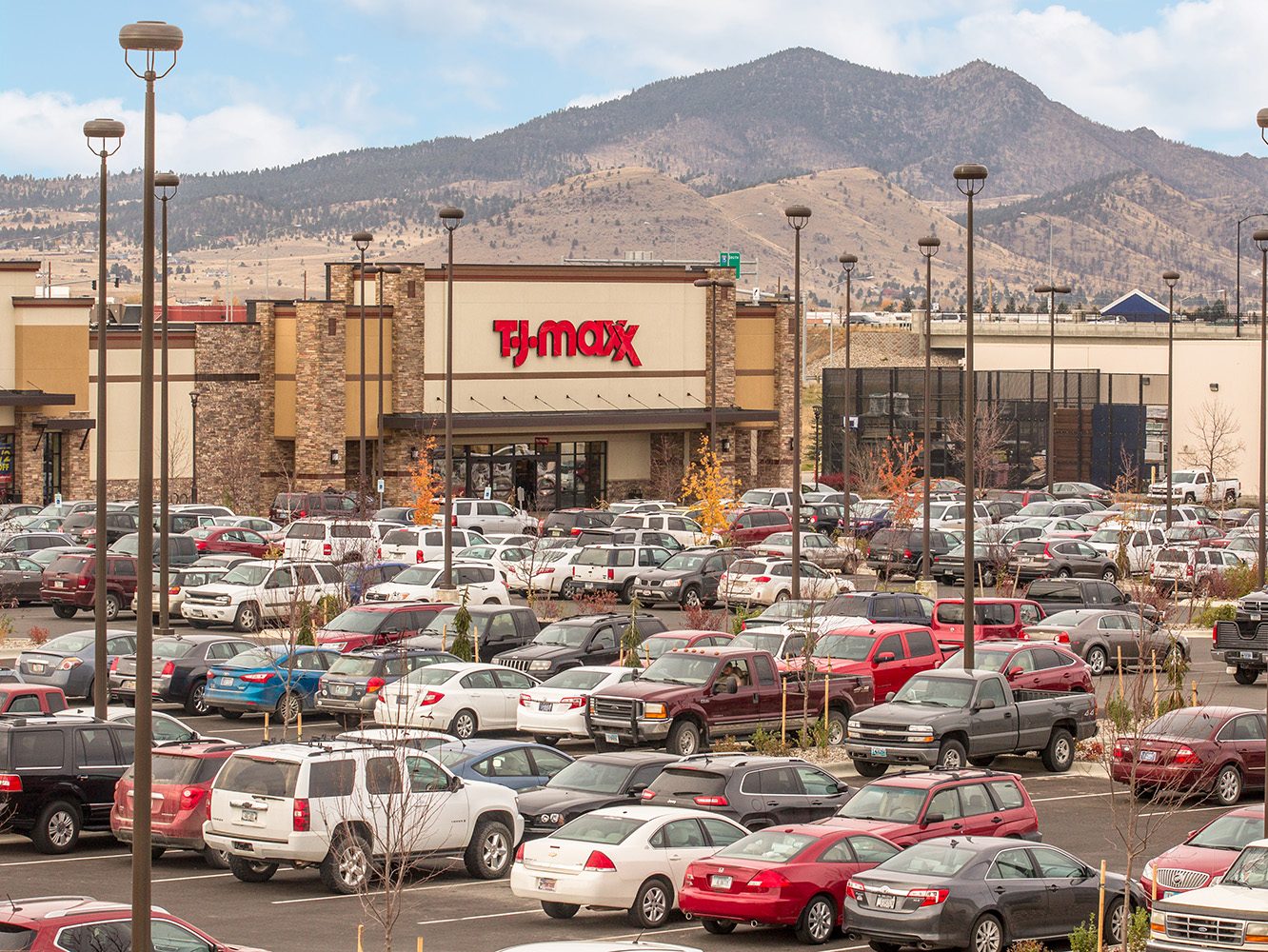
You must be logged in to post a comment.